The constant advertisement and assortment of feminine wash products on different store shelves likely had you wondering about feminine washes. These advertisements focus on odor and freshness. There are also emphases on scents your vagina should emit comparable to fruits and flowers. The way these items are marketed can breed insecurities in a lot of women.
Cultural, and familial practices, as well as personal preferences, can affect your views and usage of feminine washes. When it comes to making decisions concerning your body, especially your vagina, do not be swayed to be involved in practices you do not deem essential to you.
Quick Scientific Background
Your vagina, which has a self-cleaning mechanism contains healthy bacteria, such as lactobacilli that maintains the normal vaginal microflora. Your vagina itself does not need cleaning. The vulva, which is the external genitalia can be cleaned; however, due to its sensitivity, gentle products should be considered.
The Labia minora is part of your vulva and its inner surface has non-keratinized epithelium. The vagina is also lined by non-keratinized epithelium. What does this mean? –This type of epithelium is moist and has water-absorbing qualities. These non-keratinized surfaces have mucous membranes, which can absorb water including harmful fluids.
Dangerous ingredients from your intimate washes can easily make their way into your vagina due to the absorbency quality of the non-keratinized surfaces. There is no first-pass metabolism when these harmful chemicals are exposed to vaginal tissue; therefore, there is no detoxification involved.
Why Practice Caution With Some Feminine Wash?
Certain Feminine wash side effects can emerge because of the ingredients some feminine wash brands include in their products. Some of the chemicals used in feminine hygiene wash, including pH care feminine wash contain irritants, carcinogens, and allergens. Some of these products are branded as a natural feminine wash but may contain harsh ingredients.
A feminine intimate wash is intended for the vulva and should only be used as such if it is your choice to add one to your hygiene routine. Always check the ingredient list to avoid introducing harmful chemicals in such a sensitive area. Chemicals that change your vaginal pH can lead you susceptible to urinary tract infections (UTIs), yeast infections, and bacterial vaginosis (BV). You should exercise caution with these 5 ingredients in your feminine wash.
Cocamidopropyl Betaine (CAPB)
This is a surfactant often used in detergents, shampoos, skin care products, and other hygiene-related products, such as feminine washes. It creates the lathering effects all these products provide.
CAPB is derived from propylene glycol as well as fatty acids from coconuts. Some people can suffer from contact dermatitis while using this product due to potential contaminants. Irritants, such as 3-dimethylaminopropylamine and aminoamide can be present in CAPB. These impurities can cause irritation, inflammation, and skin discomfort.
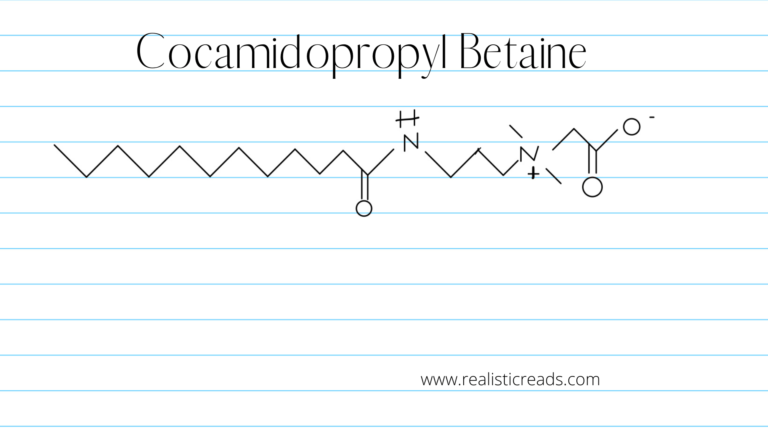
Fragrance
Fragrances are made from a mixture of different chemical compounds. Oftentimes, these chemicals are not listed; therefore, you are not completely sure what is being placed on your vulva. The chemicals within your fragrance mixture can alter the pH of your vagina and can also cause irritations.
Your fragrance cocktail can contain chemicals, such as phthalates, which contribute to the lasting scents of fragrances. These chemicals are identified as endocrine-disrupting chemicals and can affect vaginal health by effects on hormonal imbalance. In addition, phthalates can have harmful effects on the reproductive system.
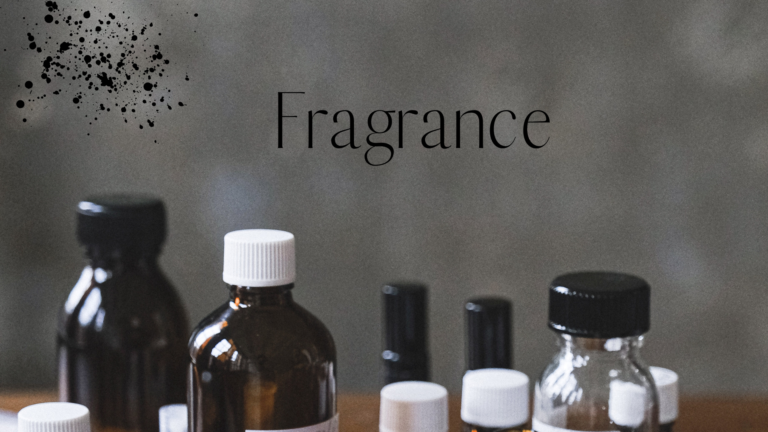
Iodopropynyl Butylcarbamate (IPBC)
It is a preservative that can be found in cosmetics and personal hygiene products. Contact dermatitis can occur because of this specific ingredient. It also has acute toxicity in aerosolized and inhaled forms.
The main potential risk with this product when in washes is irritation and allergy when used in regulated concentrations of ≤0.1%. To avoid irritation to your vulva, always look at the product label to identify products that can be potential allergens for you.
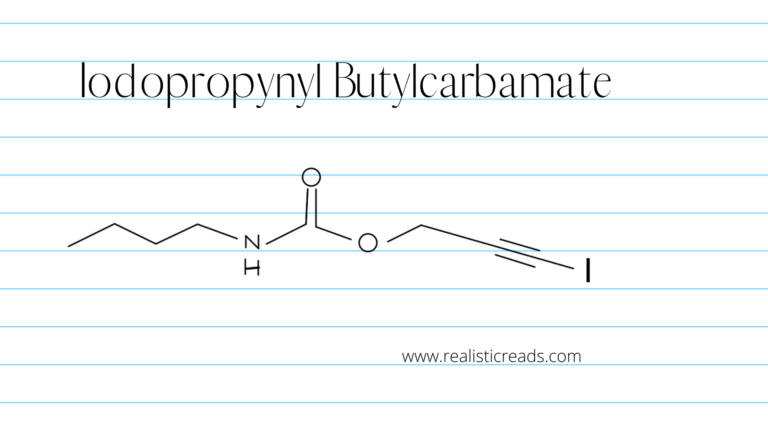
Quaternium
These groups of chemicals are formaldehyde releasers. They preserve your products from fungus and bacteria through the release of formaldehyde into the air. Exposure to HIGH amounts of formaldehyde has been associated with myeloid leukemia.
You cannot necessarily avoid formaldehyde since you can be exposed to it from outside elements, such as car exhaust, and foods, such as dried mushrooms. Also, allergy can be an issue with formaldehyde releasers, especially in people who already have formaldehyde allergies. The key here is the dosage and concentrations of these chemicals found in your care products.
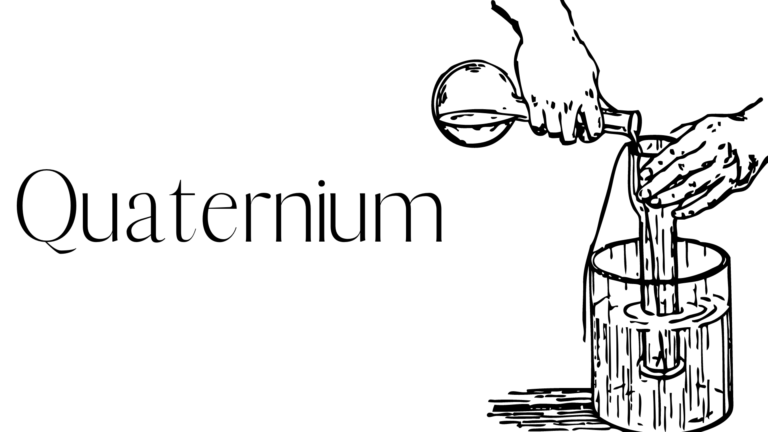
Sodium Laureth Sulfate (SLS)
SLS is a surfactant utilized in hygiene products for its foaming capabilities. It also acts as an emulsifier in products, such as detergents and body washes.
SLS is obtained through ethoxylation which is the addition of ethylene oxide to reduce the harmful capabilities of certain ingredients. When it is added to Sodium Lauryl Sulfate, you get Sodium Laureth Sulfate. The ‘eth’ in Laureth indicates its ethoxylation. The ethoxylation technique can lead to the introduction of 1,4 dioxane. According to the CDC, exposure to HIGH levels of dioxane through skin contact can negatively impact the liver and kidneys.
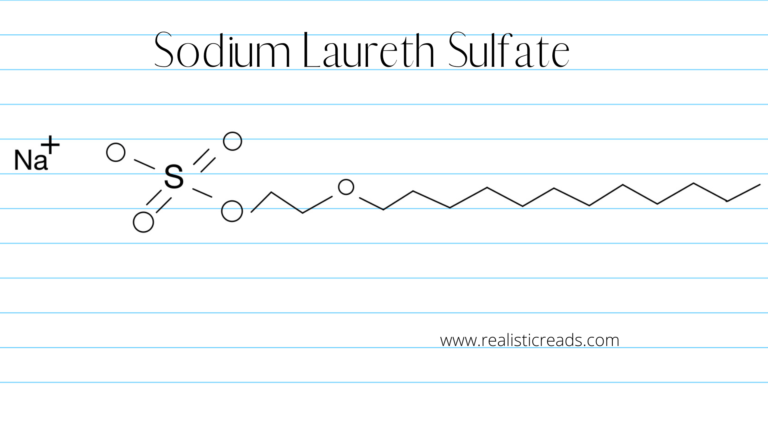
What To Deduce?
- Check ingredients on intimate washes
- Choose gentle products for your intimate area
- Do not be shamed by advertisement tactics
Similar Blog Post
You might find this blog post helpful. It covers safe alternatives to feminine washes.
Closing Question
Would you like to see a post on feminine washes with clean ingredients?

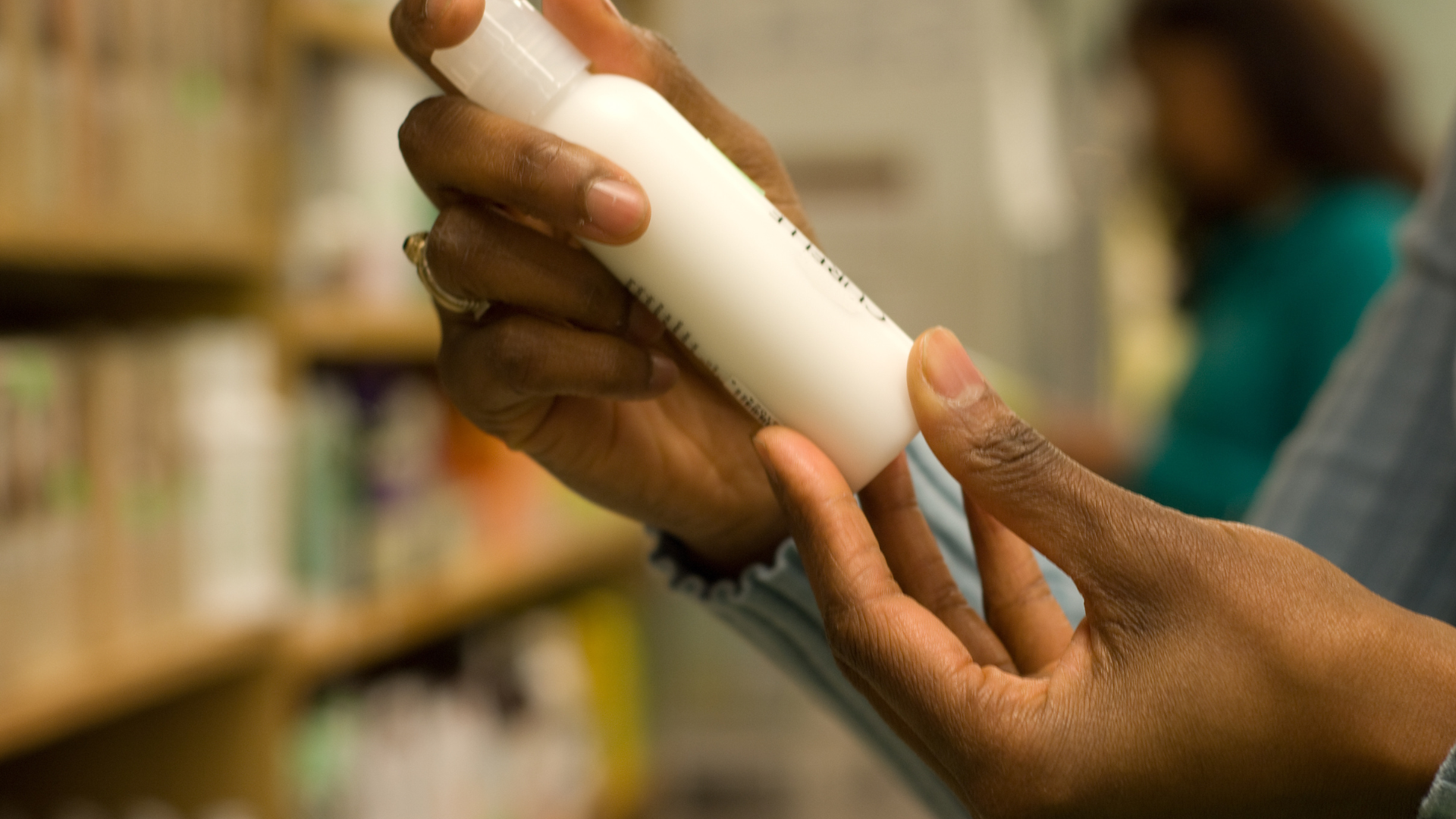
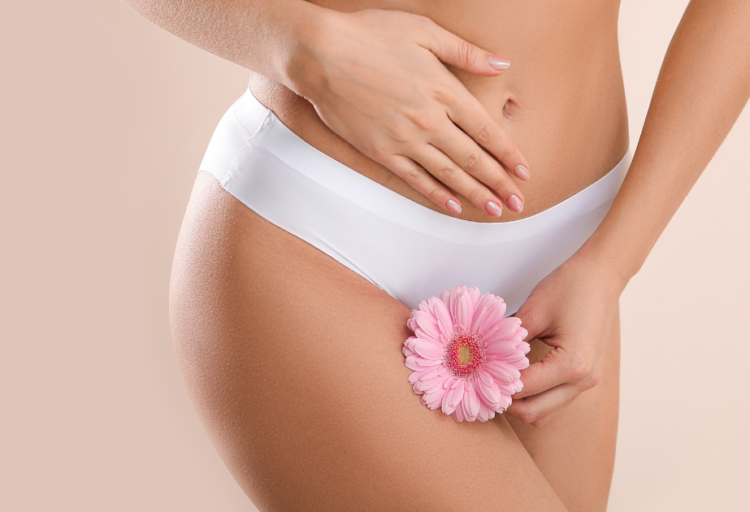

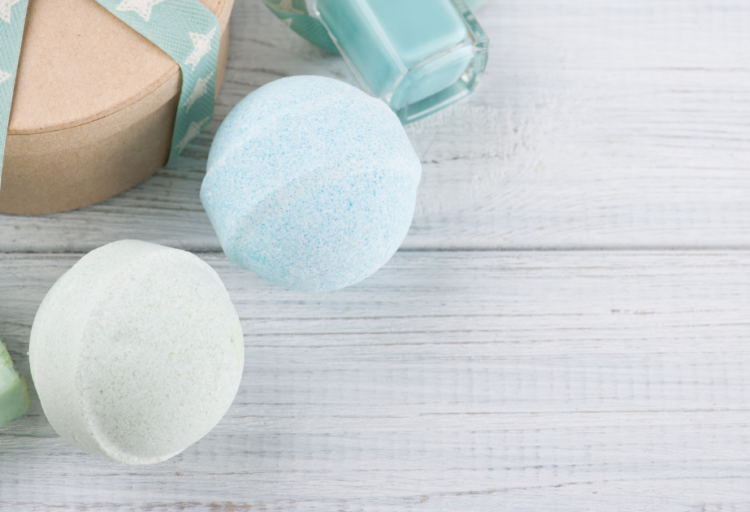
Leave a Reply